High-temperature Proton Conductor Hydrogen Sensor for Tritium Monitoring
DOI: 10.23977/jmpd.2023.070206 | Downloads: 29 | Views: 1437
Author(s)
Tirui Xia 1, Lianwei Ge 2, Renzong Chen 1, Ting Liu 3
Affiliation(s)
1 Department of Scientific Research Management, CNNC High Temperature Reactor Holdings Co., Ltd, Beijing, China
2 Department of Science and Technology and International Cooperation, National Nuclear Power Co., Ltd, Beijing, China
3 Nuclear and Radiation Safety Center, MEE, Beijing, China
Corresponding Author
Tirui XiaABSTRACT
In order to develop the trace tritium monitoring technologies in exhaust gas of nuclear power plants and other tritium apparatus, a high-temperature proton conductor ceramic CaZr0.9In0.1O3-α was used as a hydrogen sensor for tritium monitoring. The trace hydrogen extraction characteristics of an electrochemical hydrogen isotopes sensor using a one-closed CaZr0.9In0.1O3-α proton conductor tube were studied in case of helium with 100 ppm and 10ppm levels of hydrogen, respectively. These results indicated that about 99% of hydrogen at anode was recovered to the cathode, and the electrochemical hydrogen sensor will be one of potential trace tritium extraction and monitoring technologies. The driving force of extracting hydrogen in the hydrogen sensor was a potential difference without pressurization, so the hydrogen sensor can extract hydrogen isotopes from a low-pressure hydrogen isotope gas by only loading direct current voltage.
KEYWORDS
Tritium monitor, proton conductor, CaZr0.9In0.1O3-α, hydrogen sensorCITE THIS PAPER
Tirui Xia, Lianwei Ge, Renzong Chen, Ting Liu, High-temperature Proton Conductor Hydrogen Sensor for Tritium Monitoring. Journal of Materials, Processing and Design (2023) Vol. 7: 42-46. DOI: http://dx.doi.org/10.23977/jmpd.2023.070206.
REFERENCES
[1] Hiroyasu Iwahara et al., Prospect of hydrogen technology using proton-conducting ceramics, Solid State Ionics 168 (2004) 299–310.
[2] M. Tanaka et al., Hydrogen enrichment by means of electrochemical hydrogen pump using proton conducting ceramics for a tritium stack monitor, Fusion Eng. Des. 81 (2006)1371–1377.
[3] Tirui Xia et al., Hydrogen extraction characteristics of high-temperature proton conductor ceramics for hydrogen isotopes purification and recovery, Fusion Eng. Des. 89(2014)1500–1504.
| Downloads: | 4087 |
|---|---|
| Visits: | 253317 |
Sponsors, Associates, and Links
-
Forging and Forming
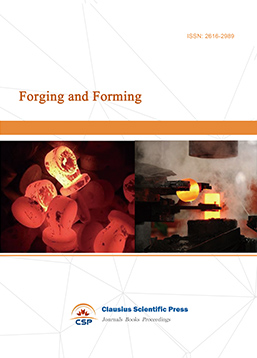
-
Composites and Nano Engineering
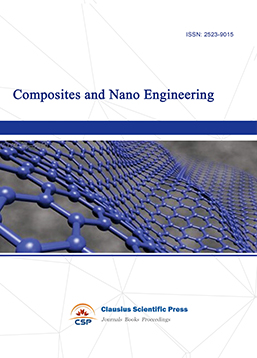
-
Metallic foams
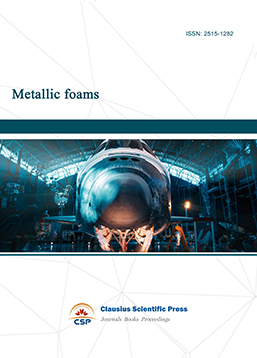
-
Smart Structures, Materials and Systems
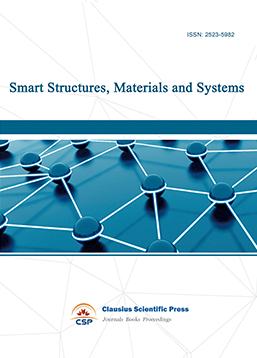
-
Chemistry and Physics of Polymers
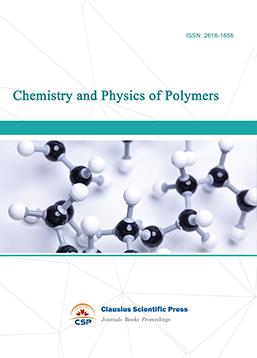
-
Analytical Chemistry: A Journal
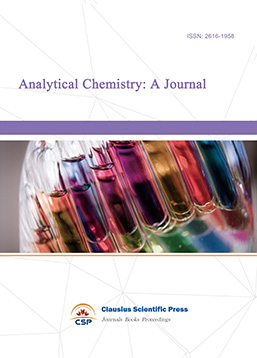
-
Modern Physical Chemistry Research
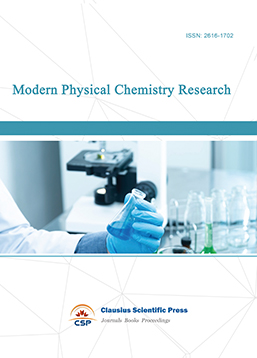
-
Inorganic Chemistry: A Journal
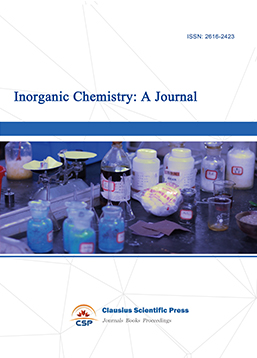
-
Organic Chemistry: A Journal
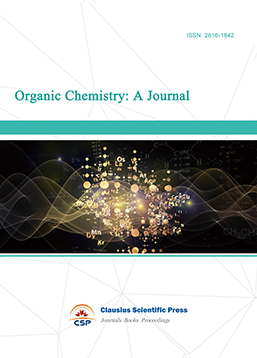
-
Progress in Materials Chemistry and Physics
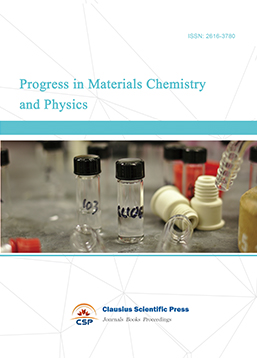
-
Transactions on Industrial Catalysis
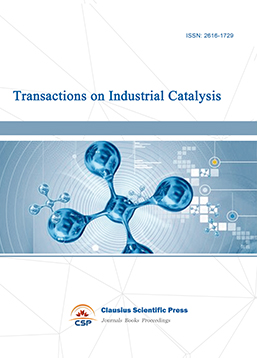
-
Fuels and Combustion
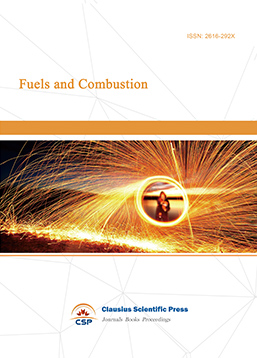
-
Casting, Welding and Solidification
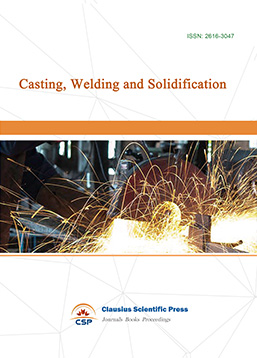
-
Journal of Membrane Technology
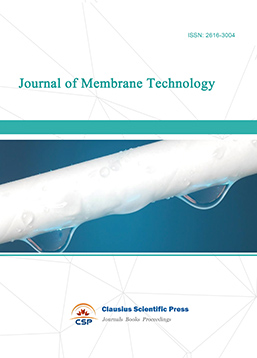
-
Journal of Heat Treatment and Surface Engineering
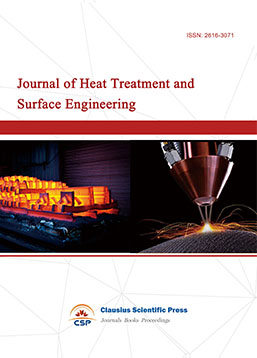
-
Trends in Biochemical Engineering
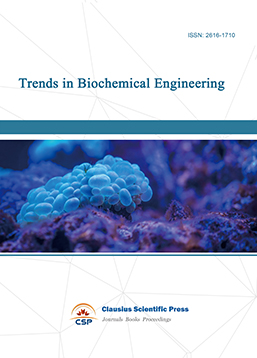
-
Ceramic and Glass Technology
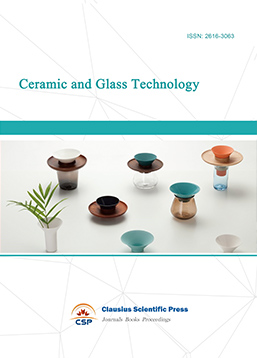
-
Transactions on Metals and Alloys
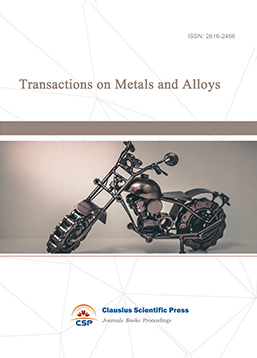
-
High Performance Structures and Materials
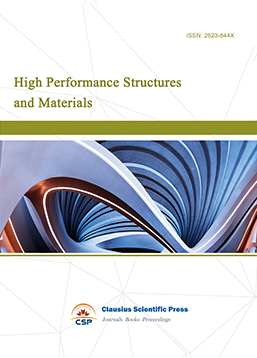
-
Rheology Letters
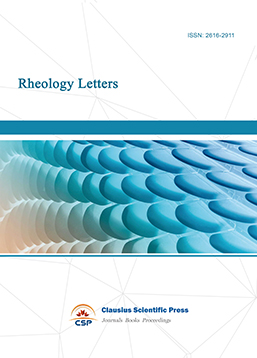
-
Plasticity Frontiers
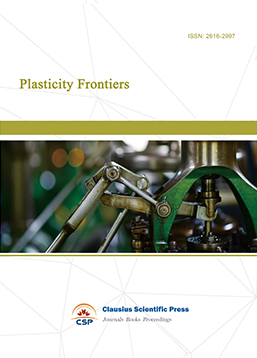
-
Corrosion and Wear of Materials
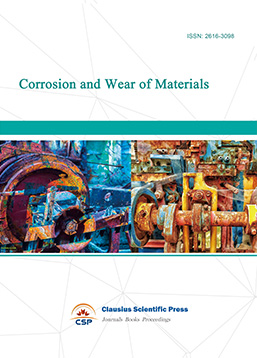
-
Fluids, Heat and Mass Transfer
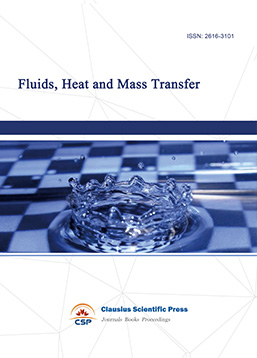
-
International Journal of Geochemistry
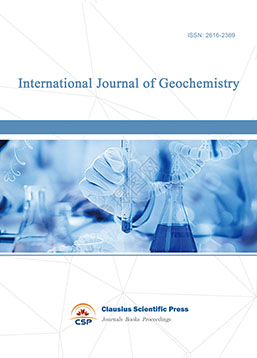
-
Diamond and Carbon Materials
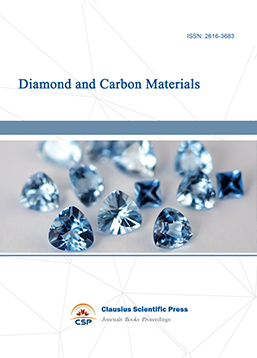
-
Advances in Magnetism and Magnetic Materials
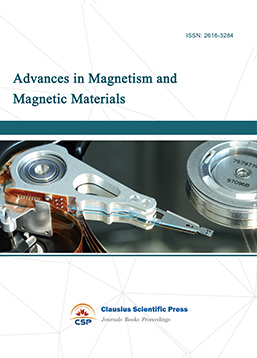
-
Advances in Fuel Cell
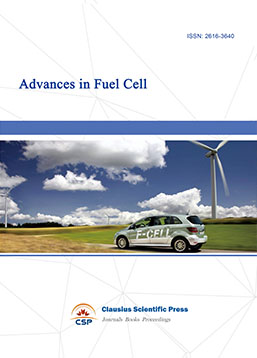
-
Journal of Biomaterials and Biomechanics
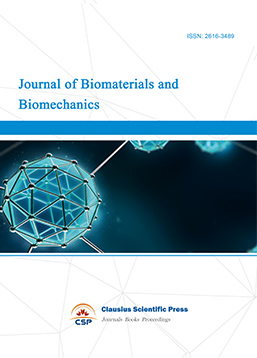

 Download as PDF
Download as PDF